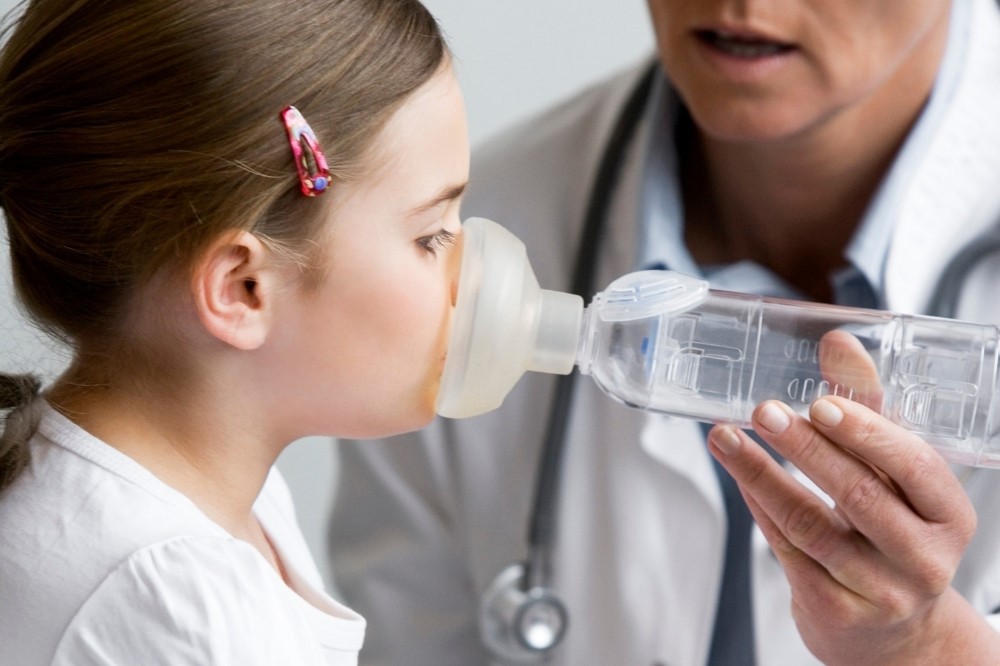
Respiratory function tests: what they are, what they are for
Respiratory function tests are examinations that assess the functioning of the respiratory system: from airflow to lung volumes
They are useful information for the physician to investigate obstructive or restrictive complications, define the right diagnosis and verify the severity of certain pulmonary disorders.
Respiratory function tests
Respiratory function tests can be of different types, some simpler others more complex, and should be interpreted in the context of the patient’s history and objective examination.
In general, the most common are:
Spirometry
This is a standard examination by which the quantity and velocity of air inhaled and exhaled over a period of time is measured.
It is frequently requested to assess a wide range of lung diseases, check their severity and indicate the treatment strategy to be performed.
During the test, the patient is seated and rests his lips on a mouthpiece; he is asked to take the widest and deepest breath possible and then to blow as hard and as fast as possible.
This maximum effort is very important and the test will be repeated at least three times to obtain the best results.
Lung volume
This measurement reflects the stiffness or elasticity of the lungs and rib cage, as well as the strength of the respiratory muscles.
Lung volumes are usually studied using body plethysmography: the amount of air that the lungs can hold is basically measured.
The patient sits in a transparent airtight chamber with a clothes peg over his nose and breathes against a mouthpiece.
This will provide the doctor with the amount of air left in the lungs when exhaling normally and how much is left when exhaling as much as possible.
Lung volume can also be measured by inhaling nitrogen or helium through a tube over a period of time, following the same procedure.
Diffusing capacity
Allows the ability to transport respiratory gases from the breathed air into the blood and vice versa to be assessed.
The patient is made to breathe in carbon monoxide in a single breath; the concentration of the monoxide is then measured in the exhaled air and the difference between the amount of monoxide inhaled and the amount of monoxide exhaled shows how quickly the gas passes from the lungs to the peripheral blood.
Why do a lung function test?
There are several conditions that require a pulmonary function test.
Generally, it is used by the treating physician to:
- Look for evidence of respiratory disease when patients present with respiratory symptoms such as dyspnoea, coughing, wheezing;
- Assess the possible progression of an already known lung disease;
- Monitor the effectiveness of a given treatment;
- Assessing patients before surgery or those with pulmonary or cardiac problems, who are smokers or who have other health conditions;
- Monitoring the potentially toxic side effects of certain drugs (e.g. amiodarone)
How to prepare for respiratory function tests
To prepare for respiratory function tests, one should not eat too heavy food and should abstain from smoking at least 4-6 hours before the tests.
With regard to any current therapies, there are specific instructions on the use of bronchodilators and inhalers, which are provided by the operator when prescribing or booking the examination.
Normal values for these examinations vary from person to person, depending on the patient’s age, weight, race and gender. The patient’s cooperation is essential for the tests to be successful.
Read Also
Emergency Live Even More…Live: Download The New Free App Of Your Newspaper For IOS And Android
Bronchitis: Symptoms And Treatment
Bronchiolitis: Symptoms, Diagnosis, Treatment
Chest Pain In Children: How To Assess It, What Causes It
Bronchoscopy: Ambu Set New Standards For Single-Use Endoscope
What Is Chronic Obstructive Pulmonary Disease (COPD)?
Respiratory Syncytial Virus (RSV): How We Protect Our Children
Respiratory Syncytial Virus (RSV), 5 Tips For Parents
Infants’ Syncytial Virus, Italian Paediatricians: ‘Gone With Covid, But It Will Come Back’
Respiratory Syncytial Virus: A Potential Role For Ibuprofen In Older Adults’ Immunity To RSV
Neonatal Respiratory Distress: Factors To Take Into Account
Stress And Distress During Pregnancy: How To Protect Both Mother And Child
Respiratory Distress: What Are The Signs Of Respiratory Distress In Newborns?
Respiratory Distress Syndrome (ARDS): Therapy, Mechanical Ventilation, Monitoring
Bronchiolitis: Symptoms, Diagnosis, Treatment
Chest Pain In Children: How To Assess It, What Causes It
Bronchoscopy: Ambu Set New Standards For Single-Use Endoscope
Bronchiolitis In Paediatric Age: The Respiratory Syncytial Virus (VRS)
Bronchiolitis In Infants: Symptoms
Bronchial Asthma: Symptoms And Treatment


